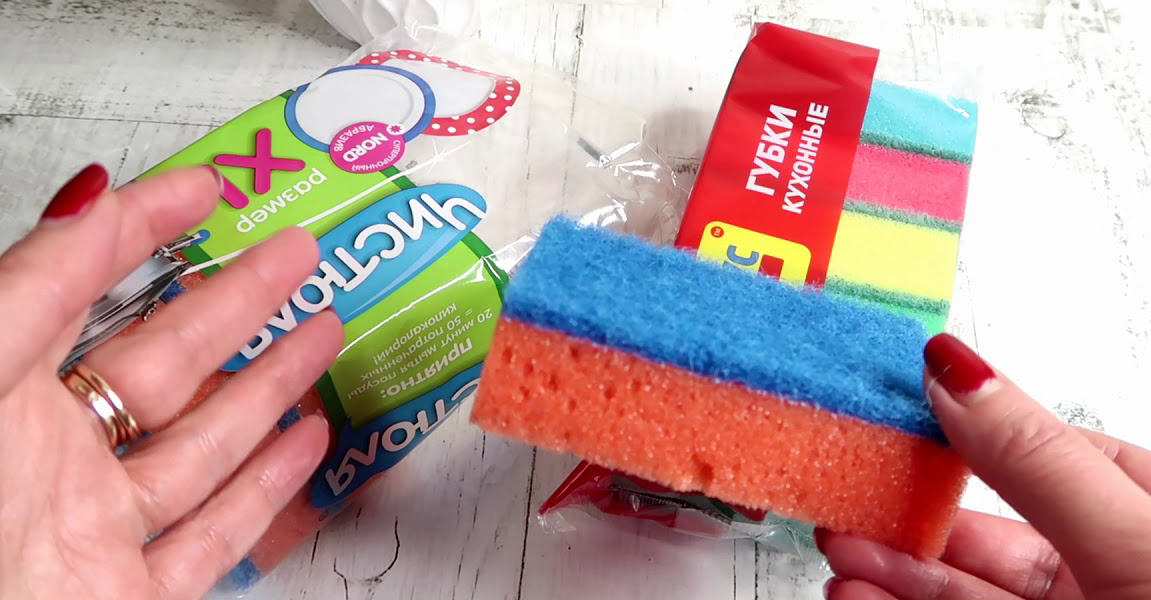
Every day we use sponges for washing dishes, often without thinking about why they are painted in different colors.
This was reported by “URA-Inform” with reference to Aktualno.
Many people think that this is just a marketing ploy or a way to differentiate sponges by their purpose. However, behind the bright shades there is a system that helps you choose the best tool for dealing with various types of dirt.
It turns out that choosing a sponge is not as easy a task as it might seem. Each surface requires a special approach, and that is why manufacturers use color coding to make it easier for us to choose the right option for different types of dishes.
Yellow sponges
They are considered soft and are ideal for cleaning delicate dishes such as fine glasses and crystal vases due to their abrasive surface.
Blue sponges
A little harder than yellow sponges, but still soft enough for everyday use. They can be used for washing dishes as well as for cleaning more durable surfaces.
Red and orange sponges
These sponges are designed to remove more difficult stains, such as food residue. They are suitable for cleaning enamel and Teflon cookware, but are not recommended for use on heavily burnt surfaces.
Green sponges
The toughest of all. They are effective in combating stubborn stains, such as burnt fat, but be careful – their aggressive surface can damage delicate materials.
Black sponges
These sponges are less common and have a dense structure. They cope well with heavy stains, but can leave scratches on delicate surfaces. They are usually used to clean plumbing and other surfaces that do not require careful handling.
Thus, the color of a dishwashing sponge is not just a marketing gimmick, but an important characteristic that helps you choose the right tool for caring for various surfaces.
Recall that we previously reported on the “coffee sleep” method: what is its essence and how does it help you wake up.

